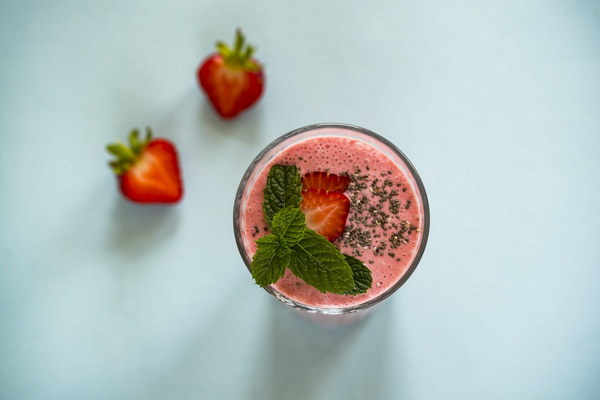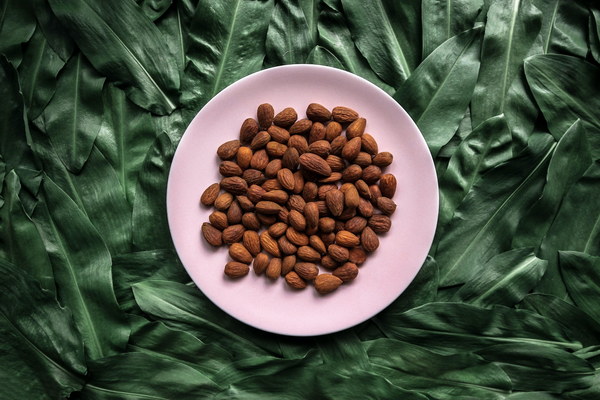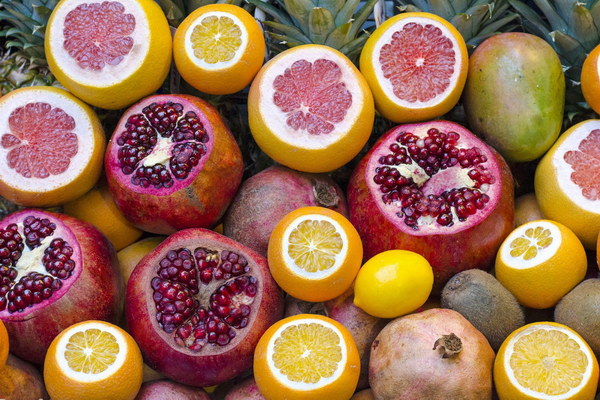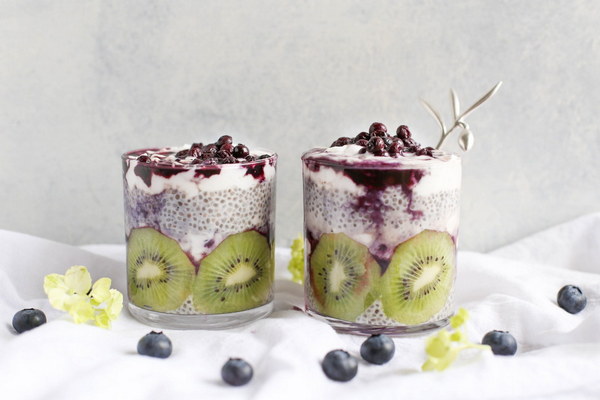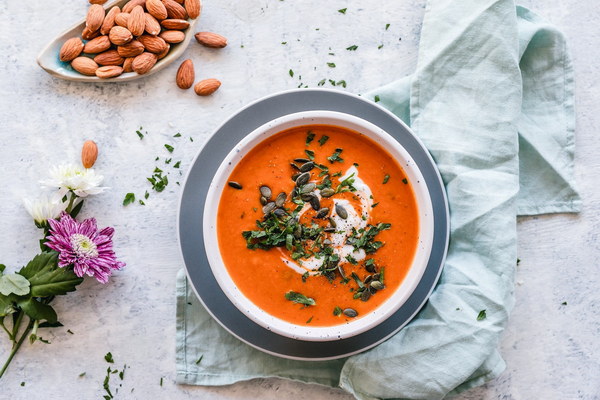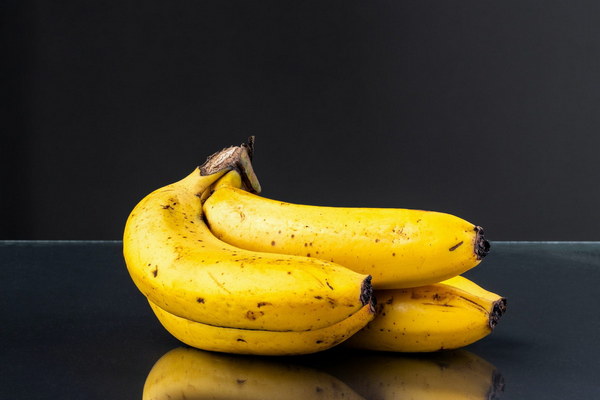Healthy Eating for Students with Cervical Spondylosis Foods That Can Alleviate Your Pain
Cervical spondylosis, a common condition among students due to prolonged sitting and poor posture, can be quite painful. While medication and physical therapy are essential for managing this condition, a healthy diet can also play a significant role in alleviating symptoms. In this article, we will explore the best foods for students with cervical spondylosis and how they can help you on your journey towards a pain-free life.
1. Fish: Rich in omega-3 fatty acids, fish such as salmon, mackerel, and sardines can help reduce inflammation and improve joint health. Omega-3 fatty acids are also known to support the nervous system, which is crucial for managing the pain associated with cervical spondylosis.
2. Turmeric: This spice has been used for centuries in traditional medicine for its anti-inflammatory properties. Turmeric contains curcumin, which has been shown to reduce inflammation and pain in the body. Incorporate turmeric into your diet by adding it to curries, soups, or smoothies.
3. Ginger: Similar to turmeric, ginger is a natural anti-inflammatory agent that can help alleviate pain. Consuming ginger regularly can reduce the inflammation in the cervical spine and provide relief from neck pain. You can add ginger to teas, smoothies, or even use it as a spice in your cooking.
4. Green Leafy Vegetables: Dark leafy greens like spinach, kale, and collard greens are packed with nutrients that can support joint health and reduce inflammation. These vegetables contain high levels of vitamin K, which plays a crucial role in maintaining bone health and reducing the risk of osteoarthritis.
5. Cherries: Cherries are a natural pain reliever due to their high levels of anthocyanins, which have been shown to reduce inflammation. Consuming cherries or drinking cherry juice can help alleviate pain and improve overall well-being.
6. Avocado: Avocados are rich in healthy fats, which can help reduce inflammation and support joint health. The monounsaturated fats in avocados also help maintain the health of the spinal discs, which can be beneficial for those with cervical spondylosis.
7. Nuts and Seeds: Almonds, walnuts, chia seeds, and flaxseeds are excellent sources of omega-3 fatty acids, vitamin E, and antioxidants. These nutrients can help reduce inflammation and support joint health. Incorporate these nuts and seeds into your diet by adding them to salads, smoothies, or as a snack.
8. Yogurt: Probiotics found in yogurt can help maintain a healthy gut, which is essential for overall well-being. Consuming probiotics can reduce inflammation and improve immune function. Opt for plain, unsweetened yogurt and add your favorite fruits, nuts, or honey for a healthy snack.
9. Black Tea: Black tea contains compounds that can help reduce inflammation and alleviate pain. Sipping on a warm cup of black tea throughout the day can provide relief from neck pain and improve overall well-being.
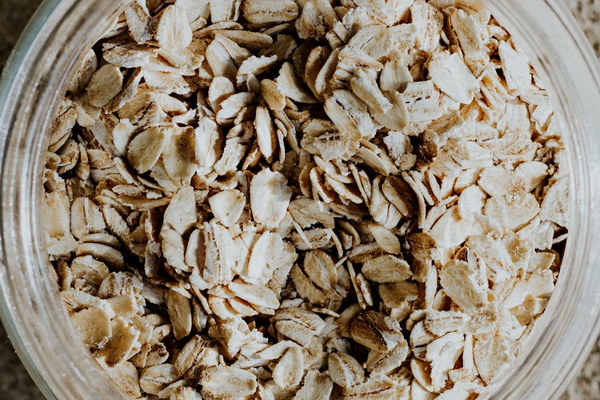
10. Water: Proper hydration is essential for maintaining joint health and reducing inflammation. Drinking plenty of water can help keep your spinal discs hydrated, which is crucial for those with cervical spondylosis.
In conclusion, while medication and physical therapy are essential for managing cervical spondylosis, a healthy diet can significantly improve your symptoms. Incorporating these foods into your diet can help reduce inflammation, support joint health, and provide relief from neck pain. Consult with your healthcare provider to create a personalized diet plan that suits your specific needs and preferences.


